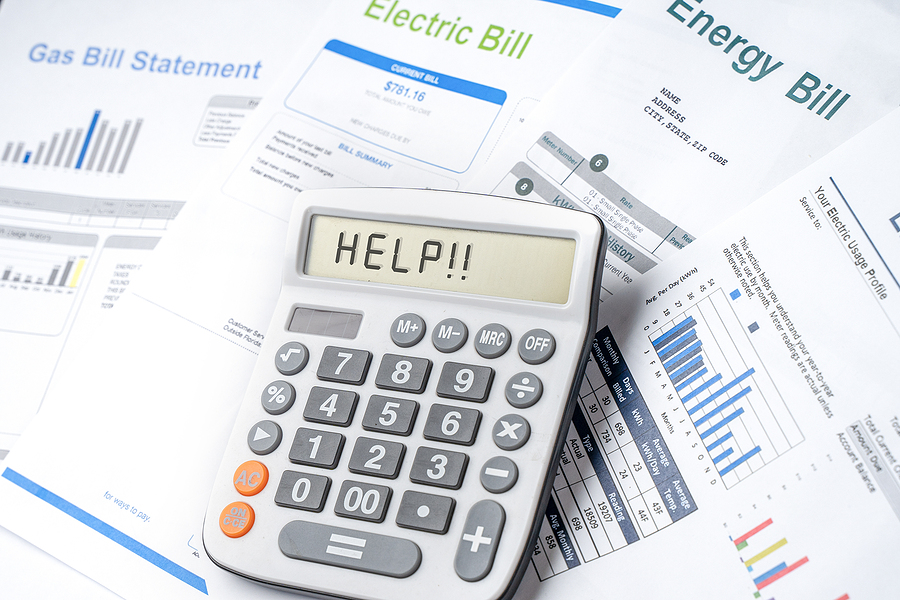Most Americans know the “Inflation Reduction Act” President Joe Biden signed will have little impact on inflation. CBS News ran the headline, “One thing the Inflation Reduction Act may not do: Lower inflation” even before the bill had been signed.
And a new Morning Consult poll found just 15 percent of independent voters believe the legislation will live up to its name.
Which may explain why Democrats have suddenly shifted their language about the legislation to a “climate” bill, touting savings on energy costs it will bring American consumers. But will this new measure, with its $739 billion price tag, actually lower the cost of electricity, heating oil, or gas?
Sen. Bob Casey says yes. “This bill is going to lower… energy costs for American families while creating clean energy manufacturing jobs and tackling the climate crisis.”
Rep. Mary Gay Scanlon (D-Pa) agrees. The Inflation Reduction Act will “lower energy costs, saving Pennsylvania families an average of $1000 per year on their energy bills.”
(Interestingly, the same study Scanlon cites also says these savings won’t arrive until 2030, and just $16 to $125 of that $1,000 will come from the new law.)
While the League of Conservation Voters may be right that the Inflation Reduction Act “is the largest investment ever to fight the climate crisis,” relatively little of the $369 billion in climate spending will lower energy costs in the short term.
That is because, energy experts say, the spending is mostly in the form of tax breaks on money businesses spend building green energy production or switching to green energy sources. Some of the money also goes to homeowners and residential customers; but once again, only after they spend their own money weatherproofing their homes, switching to heat pumps, or buying electric vehicles.
In other words, there are no savings until ratepayers do some spending.
Rep. Chrissy Houlahan (D-Chester) acknowledged that fact earlier this week. “The Inflation Reduction Act lowers energy costs for families by providing rebates and tax credits to make homes and vehicles more energy efficient.” [emphasis added].
The largest share of the money goes “to subsidize supply, specifically for low-carbon and zero-carbon energy sources,” said Nick Loris of the Conservative Coalition for Climate Solutions (C3 Solutions). “All else being equal, increased supply will lower prices. But for that to happen, the energy sector needs the ability to build the necessary infrastructure in a timely fashion.”
Without the necessary regulatory modernizations, Loris says policymakers are failing to address the systemic problem that has frustrated investors and energy producers across the board.
“That’s particularly true in places like the northeast where heating oil has doubled in price since last year, but regulatory bottlenecks and NIMBYism has blocked the infrastructure for cost-effective alternatives,” Loris said. “Secondly, it’s important to remember that this isn’t $369 billion isn’t free money. Americans will have to pay for subsidies through more borrowing or higher taxes.”
However, if they spend part of that money buying new energy-efficient washing machines or heat pumps, won’t that reduce demand and, over time, lower prices? Not according to Kenny Stein, policy director for the Institute for Energy Research, a free-market think tank.
“For the heat pump or appliance example, the alleged cost savings are based on modeling that says renewables make electricity cheaper, therefore a new heat pump will save money,” Stein says. “But if renewables increase electricity prices (which they tend to do), then the modeled savings vanish.”
Why would renewables increase electric rates? Because moving large numbers of businesses and households from heating oil or natural gas to electricity (not to mention electric vehicles) means a massive increase in demand.
“Another wrinkle to the modeling is that supporters of the new law count improved efficiency from a new, greener appliance as savings. It’s true that a brand new heat pump is likely to run more efficiently than a 30-year-old furnace. But a brand new furnace would also run more efficiently. So a lot of the ‘heat pump efficiency’ savings are actually just ‘new appliance efficiency’ savings,” Stein said.
That may sound like common sense to some, but Anthony Watts of the Heartland Institute said many policy markers lack a basic understanding of basic math, physics, engineering, etc.
“Our electric grid was built by engineers, not by politicians,” says Watts, a senior fellow for environment and climate at Heartland. “These politicians are pushing a green agenda, insisting ‘this will be better, it will be cheaper, it will be economically feasible, it will save people money.’ They may or may not be sincere, but they are completely ignorant of the scientific reality behind these things.”
In the coming years, Watts predicted legislators who support the Inflation Reduction Act will try to fix its failures by making a push to nationalize energy.
“They will claim the government could manage it better and we’re not going to be hit with all these price increases, but it’s not going to be helpful,” said Watts. “Government can’t do anything better than private industry.”
Please follow DVJournal on social media: Twitter@DVJournal or Facebook.com/DelawareValleyJournal

